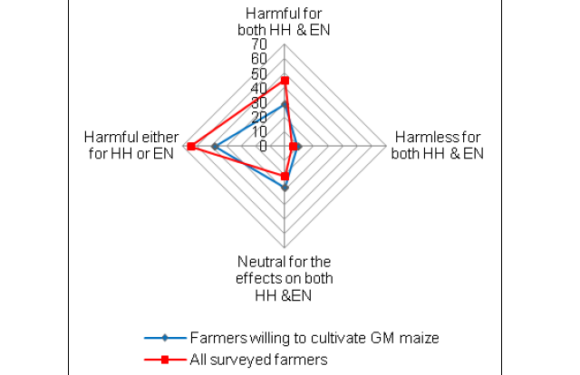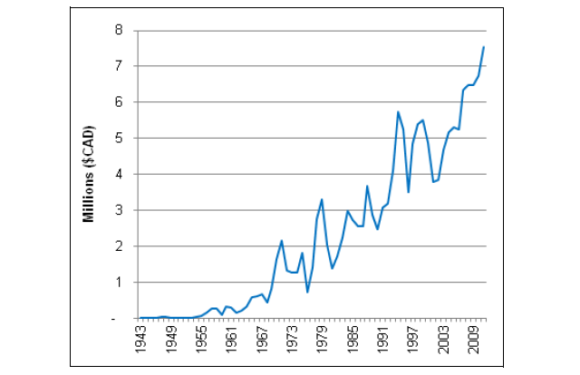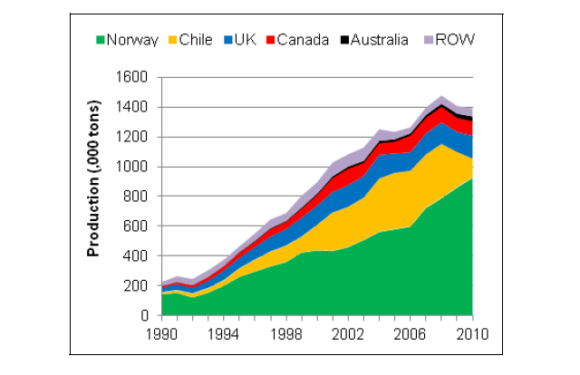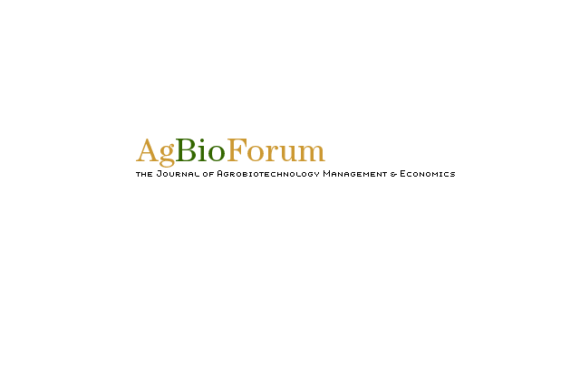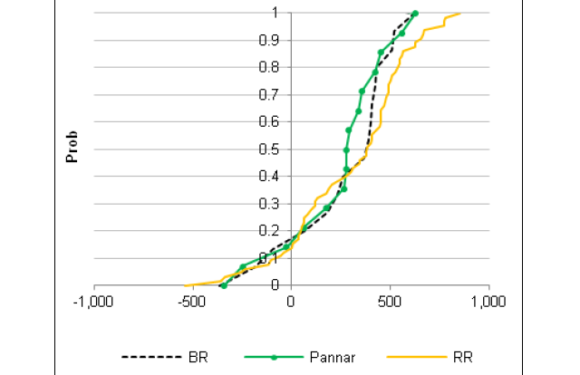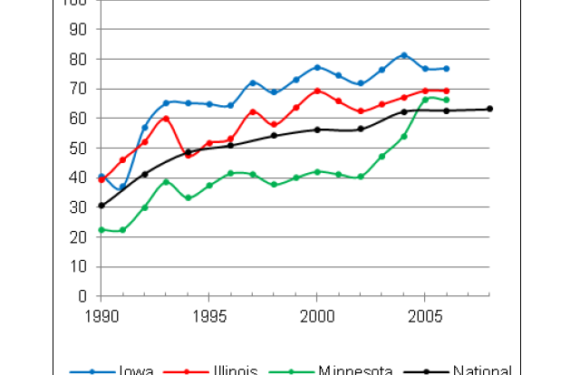
Conservation Tillage, Herbicide Use, and Genetically Engineered Crops in the United States: The Case of Soybeans
December 1, 2012Jorge Fernandez-Cornejo, Charlie Hallahan, Richard Nehring, and Seth WechslerUS Department of Agriculture, Economic Research ServiceArthur GrubeUS Environmental Protection Agency This study examines the extent to which adopting herbicide-tolerant (HT) soybeans affects conservation tillage practices and herbicide use. The model is estimated using…



